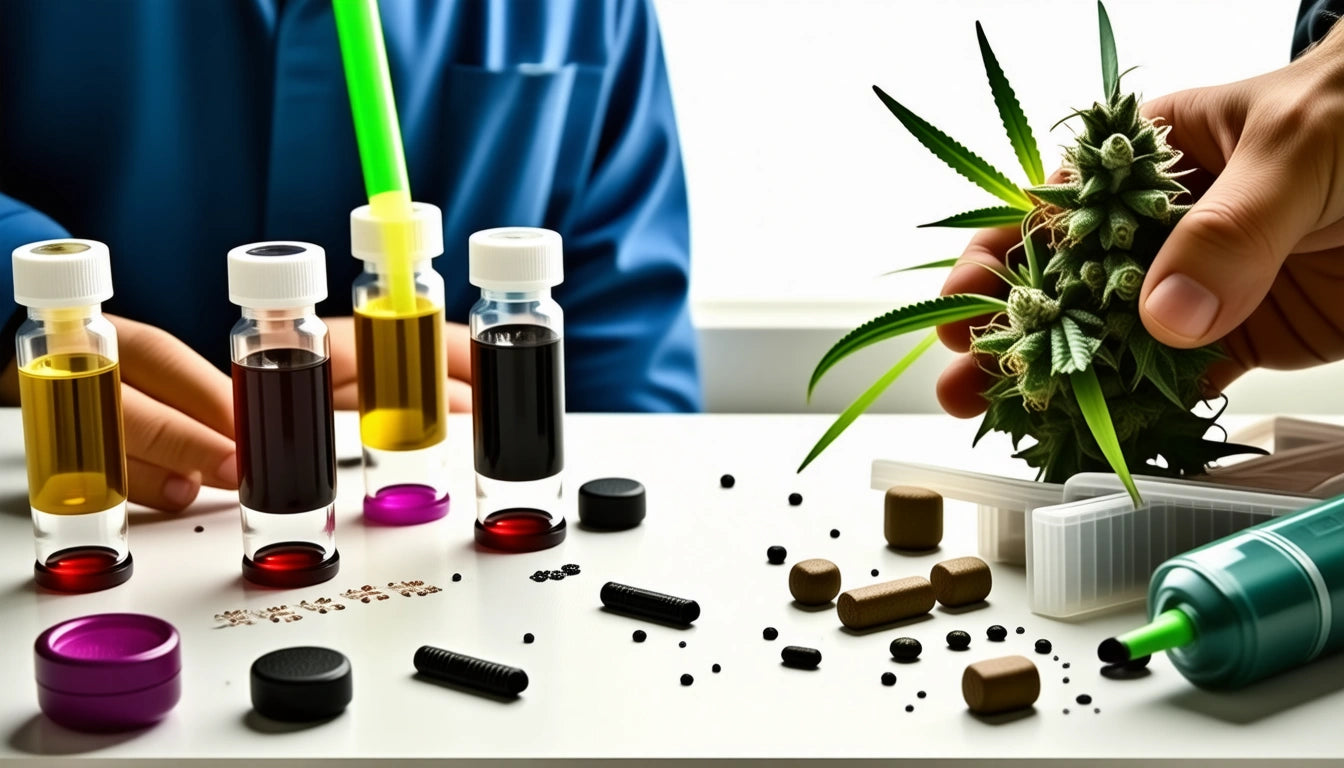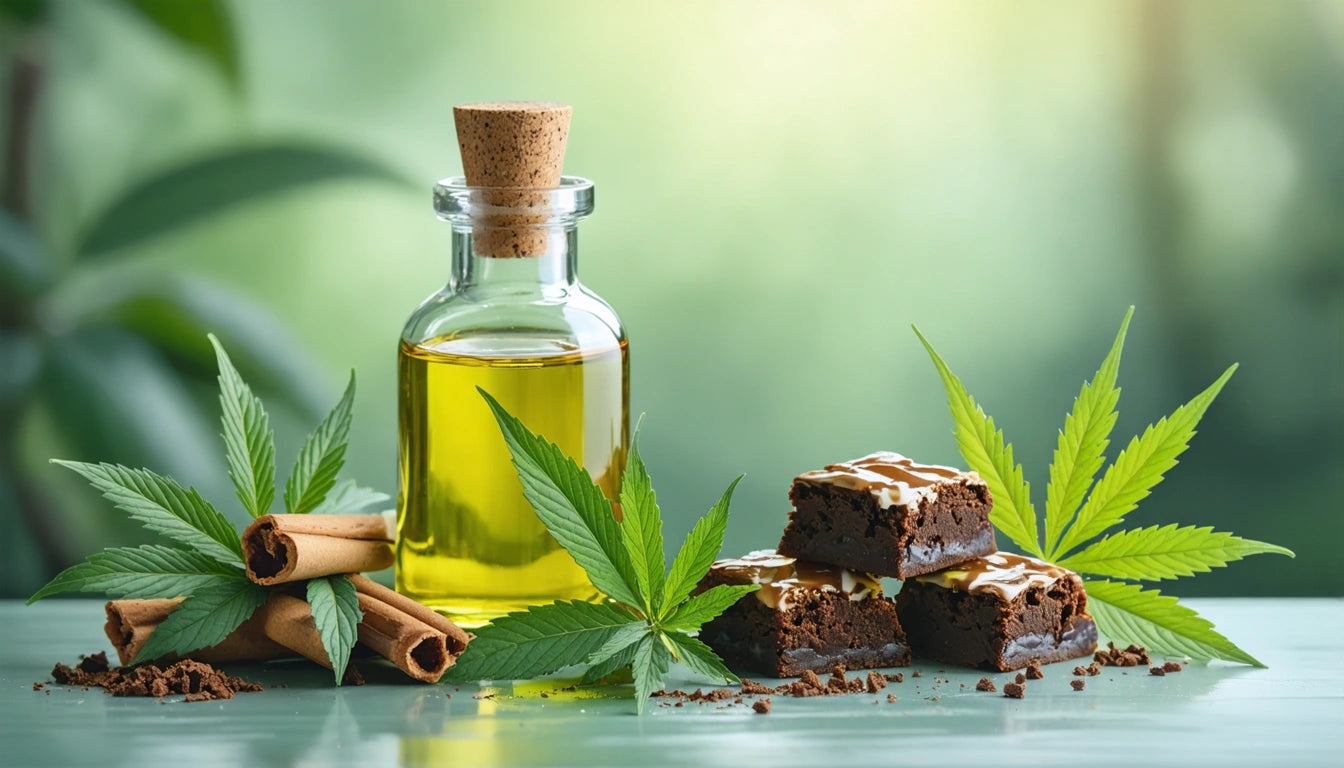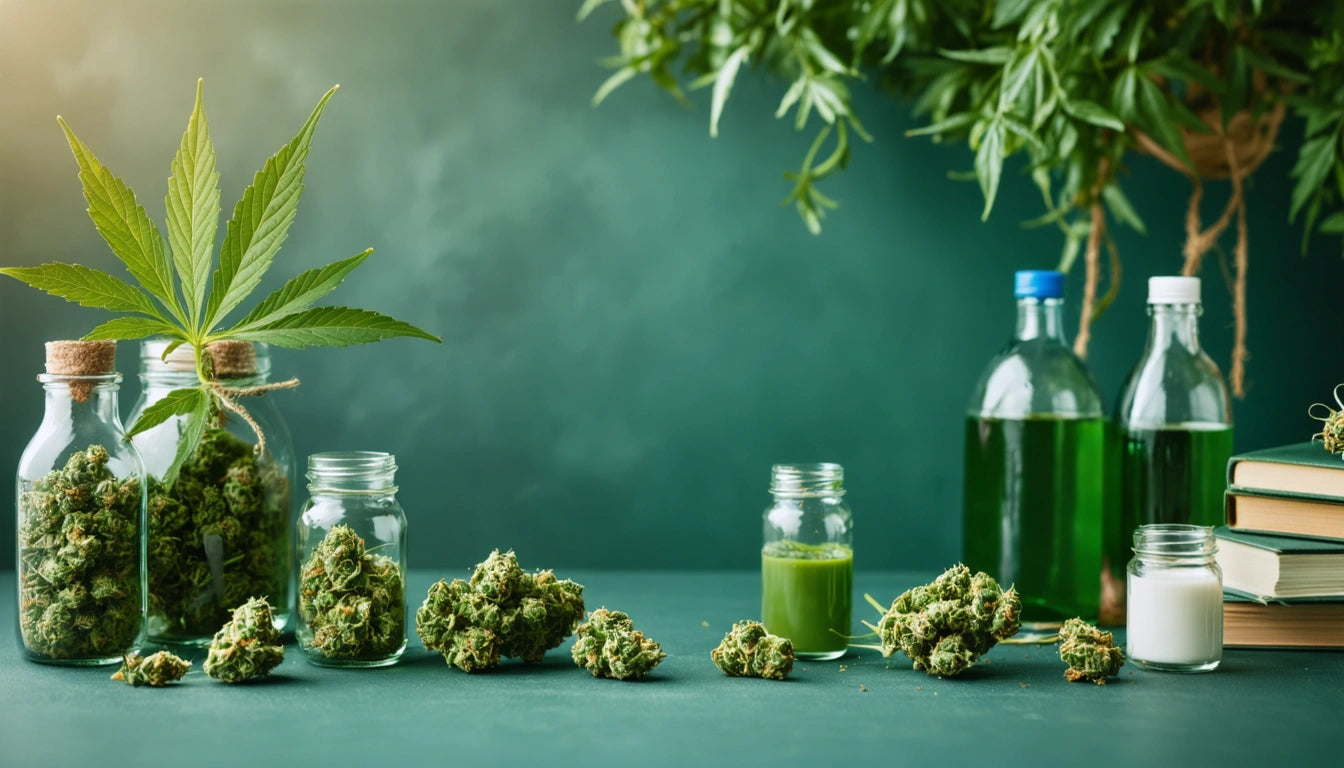Table of Contents
- Understanding Cannabis Testing: Purpose and Applications
- Home Testing Methods for Cannabis
- Professional Lab Testing Procedures
- Testing for Additives and Contaminants
- Potency Testing: Understanding THC and CBD Levels
- Career Opportunities in Cannabis Testing
- The Future of Cannabis Testing: Technology and Accessibility
How to Test Cannabis: A Comprehensive Guide to Safety, Potency, and Career Opportunities
Cannabis testing has evolved from rudimentary methods to sophisticated laboratory procedures that ensure consumer safety and product consistency. Whether you're concerned about personal consumption, professional analysis, or career opportunities in the expanding testing sector, understanding how to test cannabis properly is essential in today's market.
Understanding Cannabis Testing: Purpose and Applications
Cannabis testing serves multiple purposes across the industry and for individual consumers. For businesses, testing ensures regulatory compliance and product quality. For consumers, it provides transparency about what they're consuming. The primary reasons people seek information on how to test cannabis include:
- Confirming product safety and purity
- Verifying cannabinoid potency
- Detecting unwanted additives or contaminants
- Preparing for employment or legal drug screenings
- Pursuing career opportunities in cannabis testing
Each testing purpose requires different methods, equipment, and expertise levels. Understanding which approach suits your needs is the first step in learning how to test cannabis effectively.
Home Testing Methods for Cannabis
For consumers wanting to conduct basic cannabis testing at home, several options exist that don't require laboratory equipment. These methods can provide preliminary insights, though they lack the precision of professional testing.
Visual Inspection
The simplest form of testing begins with careful visual inspection. Quality cannabis typically displays vibrant colors, visible trichomes (crystalline structures), and proper trimming. Mold appears as white or gray powdery patches, while pest damage shows as irregular holes or discoloration.
Consumer Testing Kits
Several companies now offer home testing kits that can detect basic cannabinoid profiles and some contaminants. These kits typically use chemical reagents that change color when they interact with specific compounds. While not as accurate as lab testing, they can provide useful preliminary information about potency and purity.
For those wondering how to test for marijuana in their system, there are also home drug testing kits available. If you need to test clean for weed, understanding detection windows and proper preparation is essential.
Professional Lab Testing Procedures
Professional cannabis testing involves sophisticated equipment and standardized procedures. These labs test for potency, contaminants, terpene profiles, and more. The primary methods include:
High-Performance Liquid Chromatography (HPLC)
HPLC is the industry standard for how to test potency of cannabis. This method separates compounds based on their chemical properties, allowing precise measurement of cannabinoid concentrations including THC, CBD, CBG, and others.
Gas Chromatography-Mass Spectrometry (GC-MS)
GC-MS is used to identify and quantify terpenes, residual solvents, and some contaminants. This method vaporizes the sample and analyzes the resulting gas to identify specific compounds.
For cannabis businesses, proper sample preparation is crucial. Many companies use high-quality storage solutions to maintain sample integrity before testing, ensuring accurate results that reflect the actual product quality.
Testing for Additives and Contaminants
Learning how to test weed for additives has become increasingly important with the rise of synthetic cannabinoids and cutting agents in some markets. Professional labs test for several categories of contaminants:
- Pesticides and growth regulators
- Heavy metals (lead, arsenic, mercury, cadmium)
- Microbial contaminants (mold, bacteria, yeast)
- Residual solvents from extraction processes
- Synthetic cannabinoids and adulterants
These tests require specialized equipment like liquid or gas chromatography coupled with mass spectrometry. For consumers concerned about additives, visual inspection and reputable sourcing remain the most accessible safeguards.
Potency Testing: Understanding THC and CBD Levels
Potency testing measures the concentration of active compounds in cannabis. Understanding how to test cannabis potency helps consumers dose appropriately and producers standardize their products.
Cannabinoid Profile Analysis
A complete cannabinoid profile typically includes:
- THC (Delta-9-tetrahydrocannabinol) - primary psychoactive compound
- CBD (Cannabidiol) - non-intoxicating compound with potential therapeutic benefits
- Minor cannabinoids (CBG, CBN, CBC, etc.)
- Acid forms (THCA, CBDA) which convert to active forms when heated
For those concerned about how to test for cannabis in their system, understanding potency helps predict how long cannabinoids might remain detectable. Various factors affect detection windows, as explained in this guide to marijuana detection.
Career Opportunities in Cannabis Testing
For those interested in how to become a cannabis tester or how to become a weed tester professionally, several career paths exist:
Laboratory Technician
Entry-level positions typically require a bachelor's degree in chemistry, biology, or related sciences. Responsibilities include sample preparation, operating testing equipment, and recording results.
Quality Assurance Specialist
These professionals ensure testing procedures meet regulatory standards and company policies. They typically need experience in laboratory settings and knowledge of cannabis regulations.
Laboratory Director
Senior positions require advanced degrees (often Ph.D. level) and extensive experience in analytical chemistry or similar fields. Directors oversee all testing operations and ensure scientific validity.
The cannabis testing sector continues to grow as regulations evolve and consumer demand for quality assurance increases. Professional certification programs are emerging to standardize qualifications in this field.
The Future of Cannabis Testing: Technology and Accessibility
Cannabis testing technology continues to advance, with new developments making testing more accessible, accurate, and comprehensive. Portable testing devices are entering the market, potentially allowing for point-of-sale potency verification and contaminant screening. Meanwhile, standardization efforts across states and countries are working to create consistent testing protocols.
For consumers concerned about how to test for weed in their system, advances in testing sensitivity mean detection windows are lengthening for some testing methods. Understanding these developments is crucial for those who need to pass drug tests for marijuana while using cannabis products.
As the cannabis industry matures, testing will likely become more integrated with product development, with real-time analytics guiding cultivation and processing decisions. This evolution promises greater product consistency and safety for all cannabis consumers.











Leave a comment
All comments are moderated before being published.
This site is protected by hCaptcha and the hCaptcha Privacy Policy and Terms of Service apply.